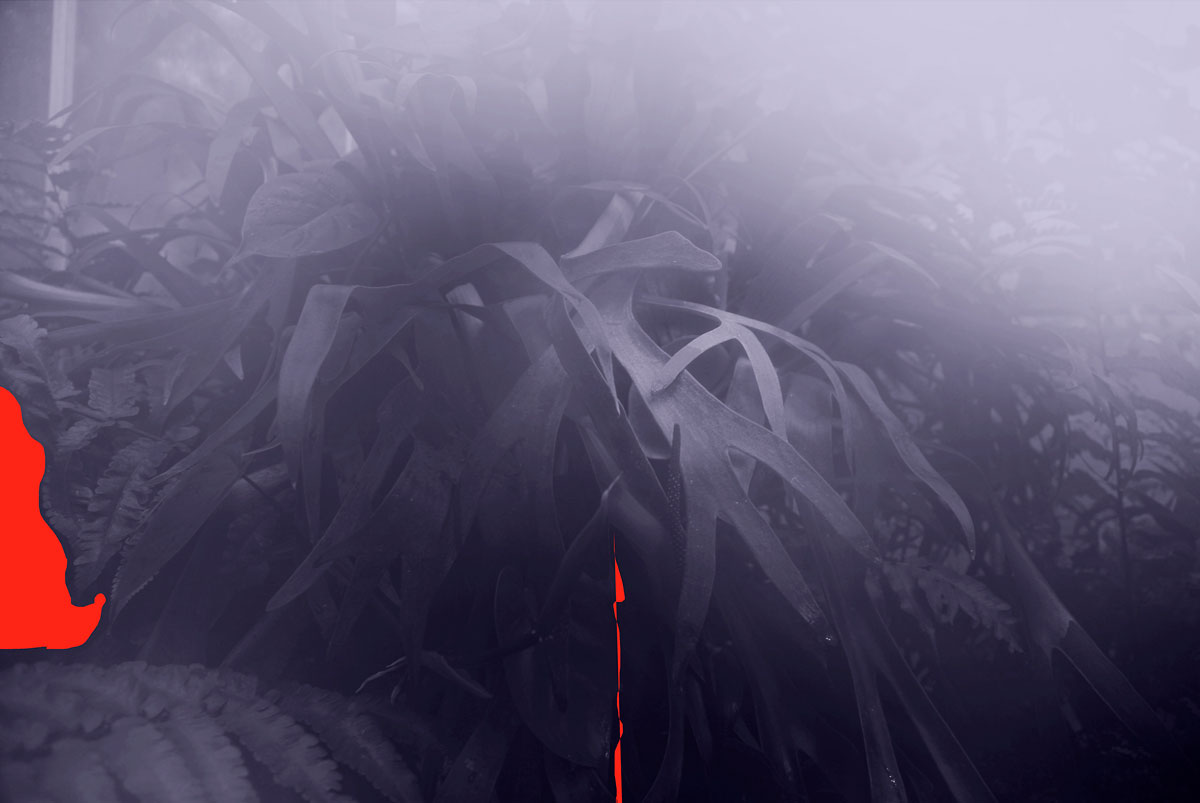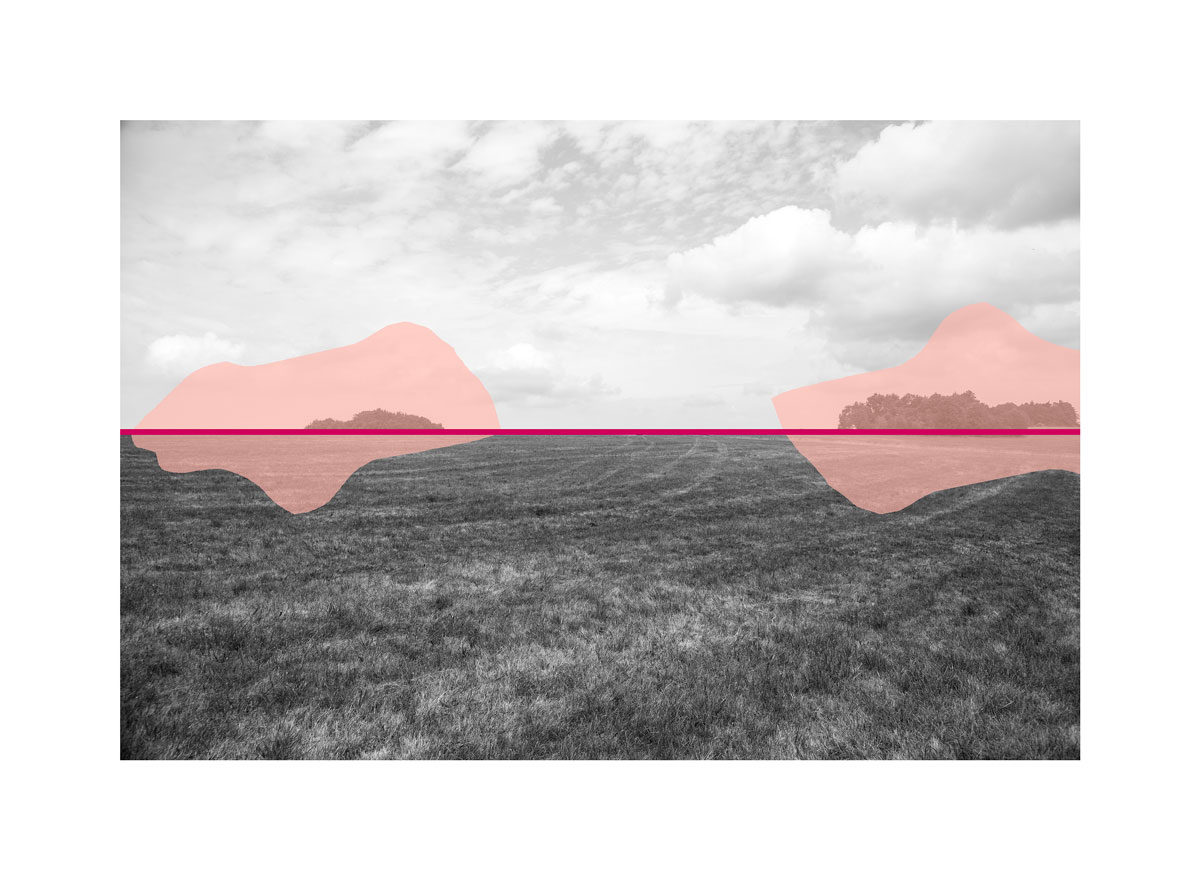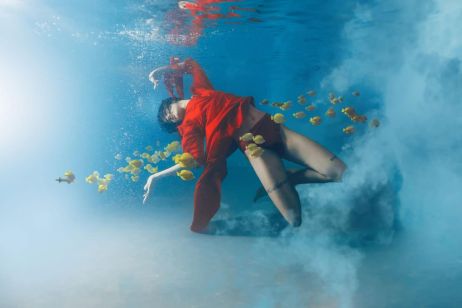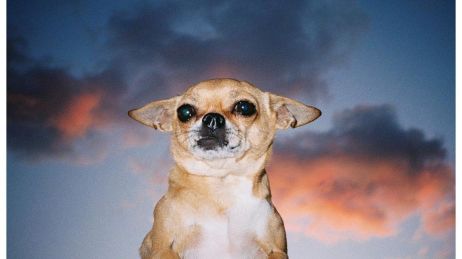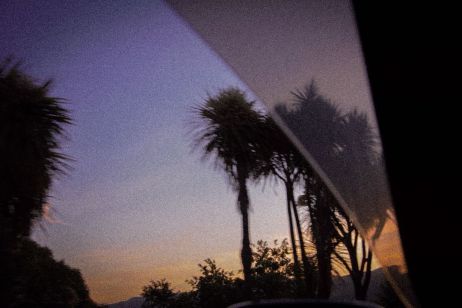Fisheye: Who are you Chrystal Cherniwchan, and what fascinates you?
Chrystal Cherniwchan: I am a Canadian artist living and working in the United Kingdom. I am interested in experimentation, hybrid forms, technology, and exploring the malleability of time-based methods such as photography, sound, book works, text, and dialogue. I am curious about our perceptions around fact and fiction and speculative realities. I am also interested in digital affect, and my aim is to attempt to develop a further understanding around the emotive and affective outcomes that digital technologies can communicate.
Why did you choose photography as a medium?
I originally planned to study design in art school, but at beginning I think it was simply the sense of freedom around photography that seemed appealing. There was also a great feeling of magic and alchemy when processing film and printing in the darkroom, but I feel the alchemy today is a digital one. The evolution within the field keeps me interested. When I have a camera in my hands I feel a sense of mischief, in the sense that I think of it as a tool for exploring or for opening a portal into another dimension.
What photographic approach are you developing?
I would define my photographic approach as elastic. I want to stretch it and pull it and think of it like a catapult, throwing me into unexpected places, not fixed. Capturing images with a camera is usually the first stage, the most satisfying aspect comes through the translation of the experiences caught on camera through post-production, this is the moment when the concepts and ideas start to solidify. A “good picture’ is often exploring themes around our human experience, one that questions reality, and usually teases us with fiction.
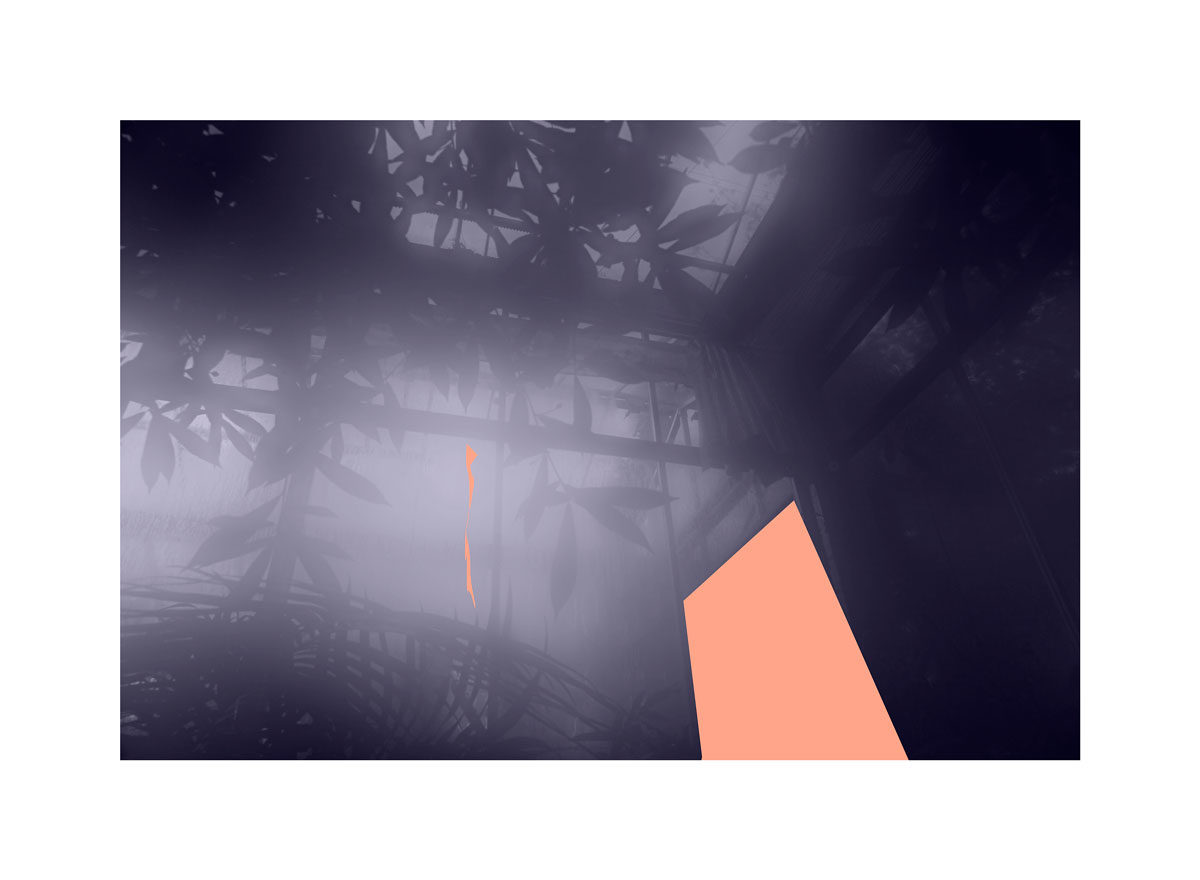
Investigation is vital to your creative process. Why?
Indeed, my creative process usually starts with research and reading around concepts and ideas. I will use philosophical and/or theoretic ideas to act as a guide in my image making. This might be similar to a street photographer wondering around looking for something interesting – but with ideas, books, and being in a library.
I try and capture fragments of theory in visual form, and develop them further in post-production. It is not my intention to try and make visual representations of the readings, but it is more about initiating a kind of dialogue. I am making visual responses, showing a kind of visual interaction with text.
What are your references?
My projects are research led, informed by theories around affect, event, and the experiential. I am particularly interested in the works of Gilles Deleuze and Félix Guattari, Donna Haraway, Brian Massumi, Isabelle Stengers, and the Fluxus interdisciplinary community (Inspired by the legacy of the Dadaists, the movement promoted non-art, or anti-art, which aimed at abolishing the elitist boundaries between art and life, and between artistic fields, ed.). What draws me into their work is the abstract nature of it, and how difficult it can be, and by exploring image making at the same time as reading their work, can help to comprehend some of their concepts and ideas.
You also quote the historian, essayist and teacher Paula Carabell, especially her article “Photography, Phonography and the Lost Object” …
In Paula Carabell’s article, she clearly defines Barthes’ use of punctum, she writes, “Roland Barthes’s Camera Lucida: Reflections on Photography… required that he invent his own vocabulary in order to try and express the mysterious hold the photograph has on him. In his search, he turns to two words: studium and punctum. For Barthes, the studium is that which is of general interest. The punctum, however has a more individualized and poignant meaning. It is that which “rises from the scene, shoots out of it like an arrow and pierces me.” It is the “sting,” the “wound.” For Barthes, a central feature of photography and the basis of its ability to penetrate is that it “reproduces to infinity what has happened only once.”
Barthes’ description is relatable and transferable to my image making, in how it is a verb tangled in affect, and the communicative pull that our environment has on us.

What subjects do you currently study?
I recently finished a year-long project with the title Mishappenings. This project was about how we perceive failure. Everyday small failings reflect Mishappenings: of communication and dialogue, of what happens between humans, and between humans and their natures, including machines. This project was seeking to document a few of my interactions with the so-called ‘flawed’ as a way of preserving intimate, shared experiences, and of trying to understand the feeling of the un-understandable.
Continuing on from Mishappenings, I have an ongoing series in connection to a collection of email exchanges between Kathy Acker and McKenzie Wark titled, I’m very into you, correspondence 1995-1996. It is intimate writing between two authors and their desire for shared connection. There is one passage from Wark to Acker that many of my current pieces revolve around, “What does Baudelaire say: the lovers come face to face, eye to eye, and in an instant one blinks, and in that instant it is decided: who shall be loves victim, and who love’s executioner”. I am reflecting on this text, and trying to create a dialogue within the images that I make. Most often the images are landscapes without people, the intention was to conceptually depicted a human interaction in an abstracted form with digital interventions and the use of colour. On occasion I will focus on skin, to show a closeness or the desire to be close.
I am also currently working on a collaborative book and sound project with Dimitri Daniloff around digital romanticism. We are trying to capture sensory human fragments as they co-exist within our synthetic and natural world. We also hope to comment on the complexity of our time beneath the plastic veneer of the digital network we are tangled in, and to show that breath, touch, skin, and feeling still exist within an altered materiality.

What do these blocks of colour represent?
It is not the specific colour that is important, but the idea is to create a dichotomy within the scene. The blocks of colour are attempts to create relationships in abstracted form, creating a dialogue or suggesting a lack of one. The colour choice is also trying to suggest a synthetic relationship or attribute, something forced and artificial.
The addition of colour is also exaggerating and being unapologetic about the digital features within the image. Again, there is dichotomy here, suggesting fractures within our relationship with technology.
Is it questioning our own perception?
I am not sure If I am necessarily trying to question our perception, it might be better to describe the way that I choose to translate a scene as a kind of photographic prose or photographic syntax. When we think of contemporary poetry, we accept and/or often expect that the words on the page are not what they seem. They require work. I appreciate this when experiencing visual and sound works by other artists, and approach image making with this in mind.
What is your take on reality? Does reality bore you?
The idea of reality is a slippery term, and I am not sure if the definition is one that can be fixed, perhaps it is always evolving, and certainly attached only to our species. It definitely doesn’t bore me, but I think of it as something quite plastic and pliable. I feel like my role is more about questioning it, and photography is a curious tool to use for this. There are so many expectations around truth and photography, which I have always found fascinating, considering that it has a long history of creative capture.
And on nature?
When I think of nature I don’t think of it as something separate from us. When photographing it, whether it is a pastoral scene or plant life, it is more of a reflection or a kind of self-portrait. In John Berger’s essay ‘Field’ he illustrates a perfect picture of our relationship with it. “…At first I referred to the field as a space awaiting events; now I refer to it as an event in itself. But this inconsistency parallels exactly the apparently illogical nature of the experience. Suddenly an experience of disinterested observation opens in its centre and gives birth to a happiness which is instantly recognisable as your own. The field that you are standing before appears to have the same proportions as your own life”.

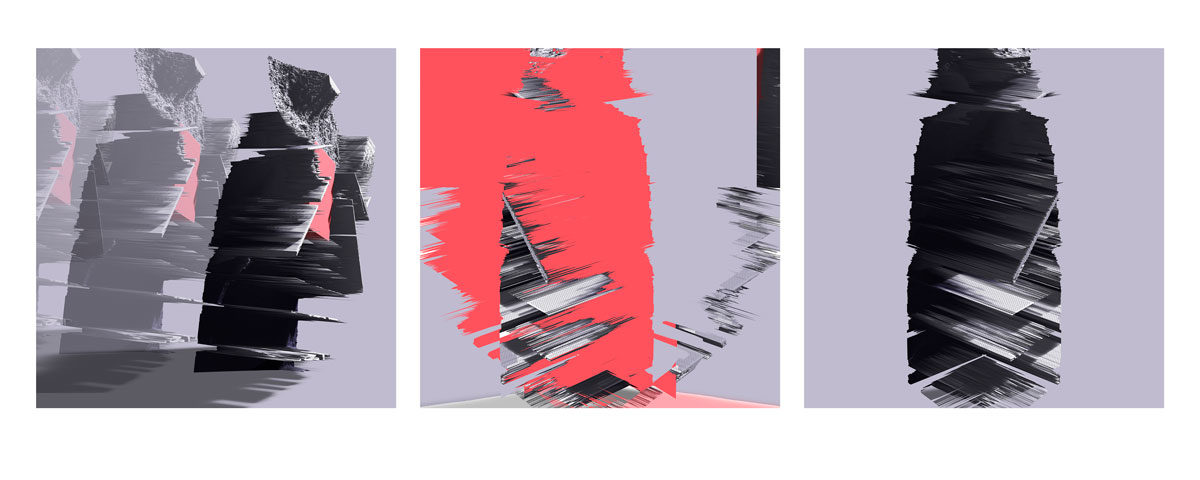
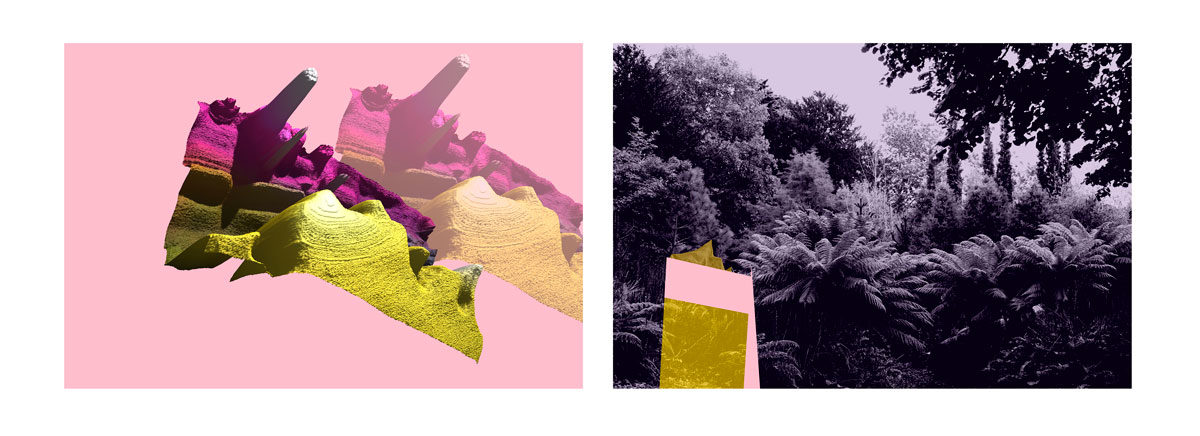
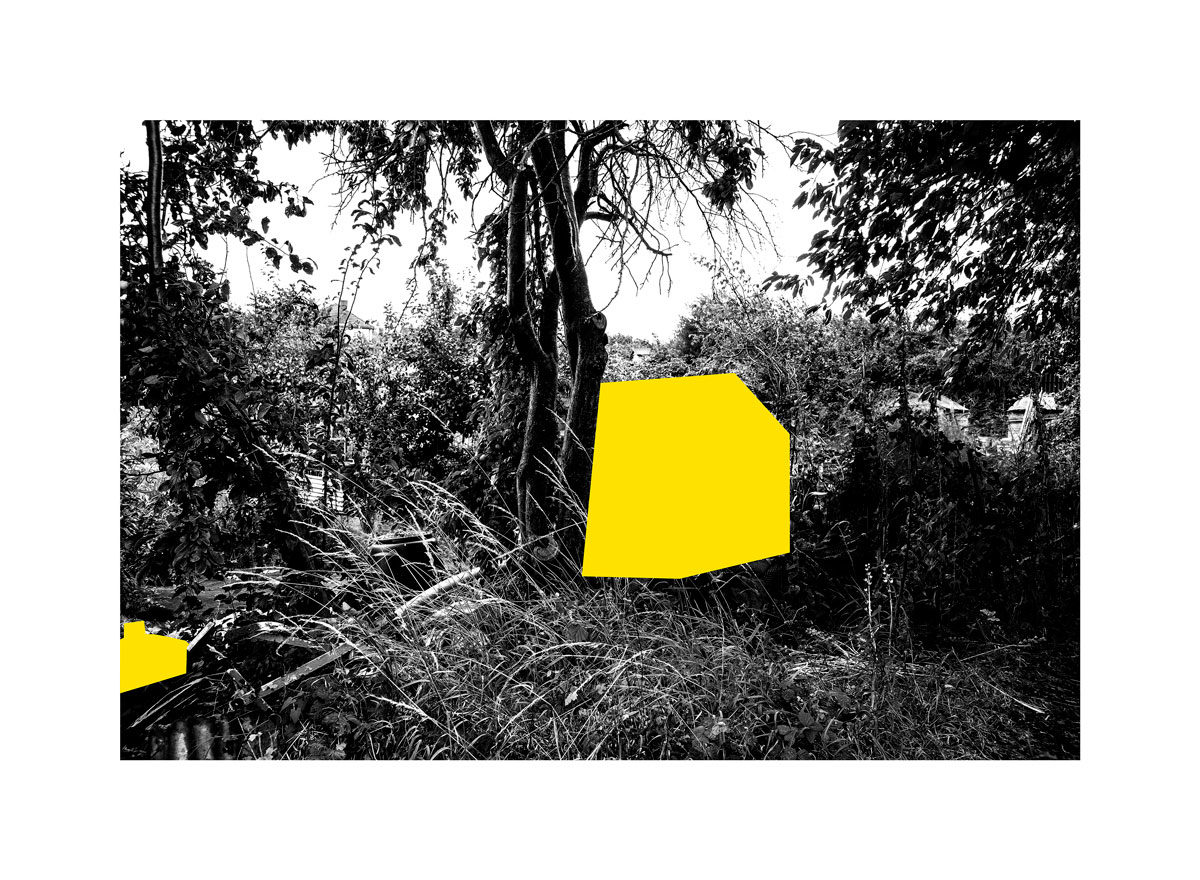
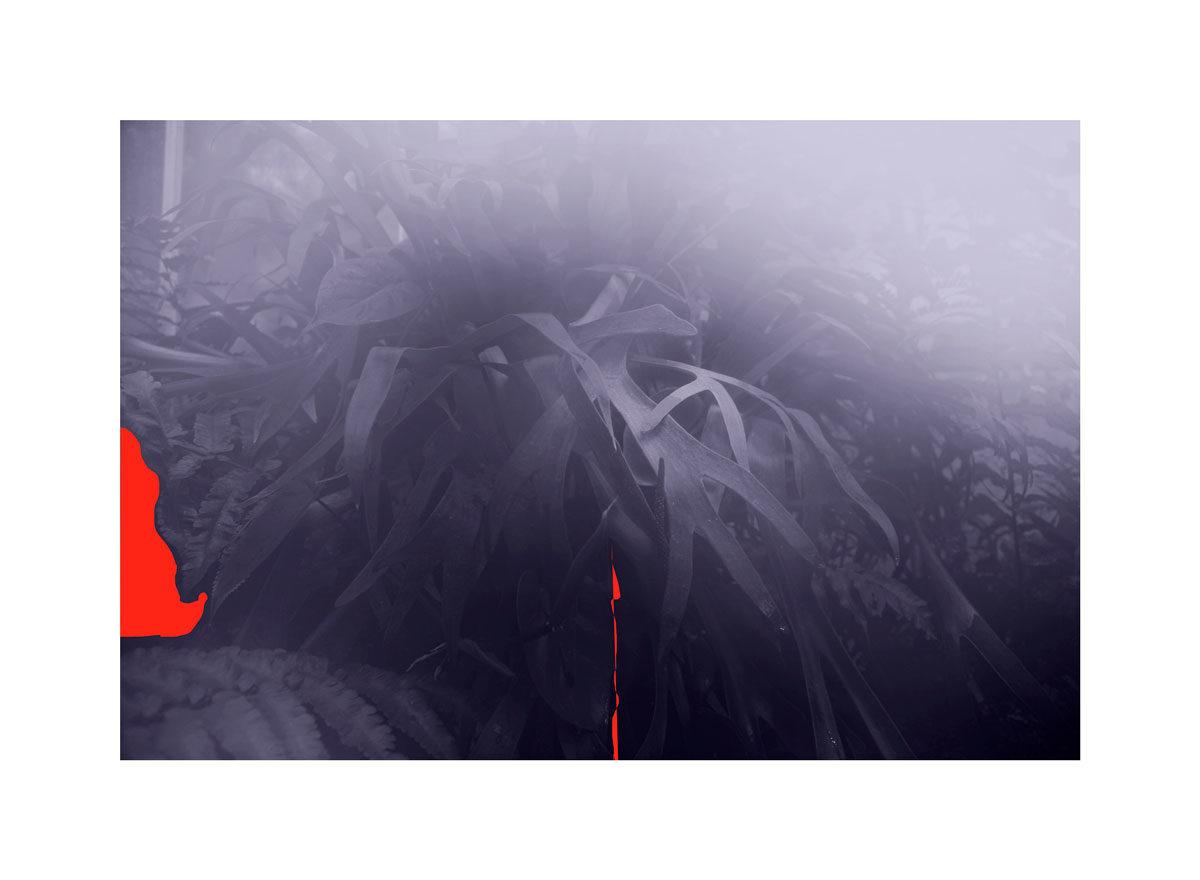
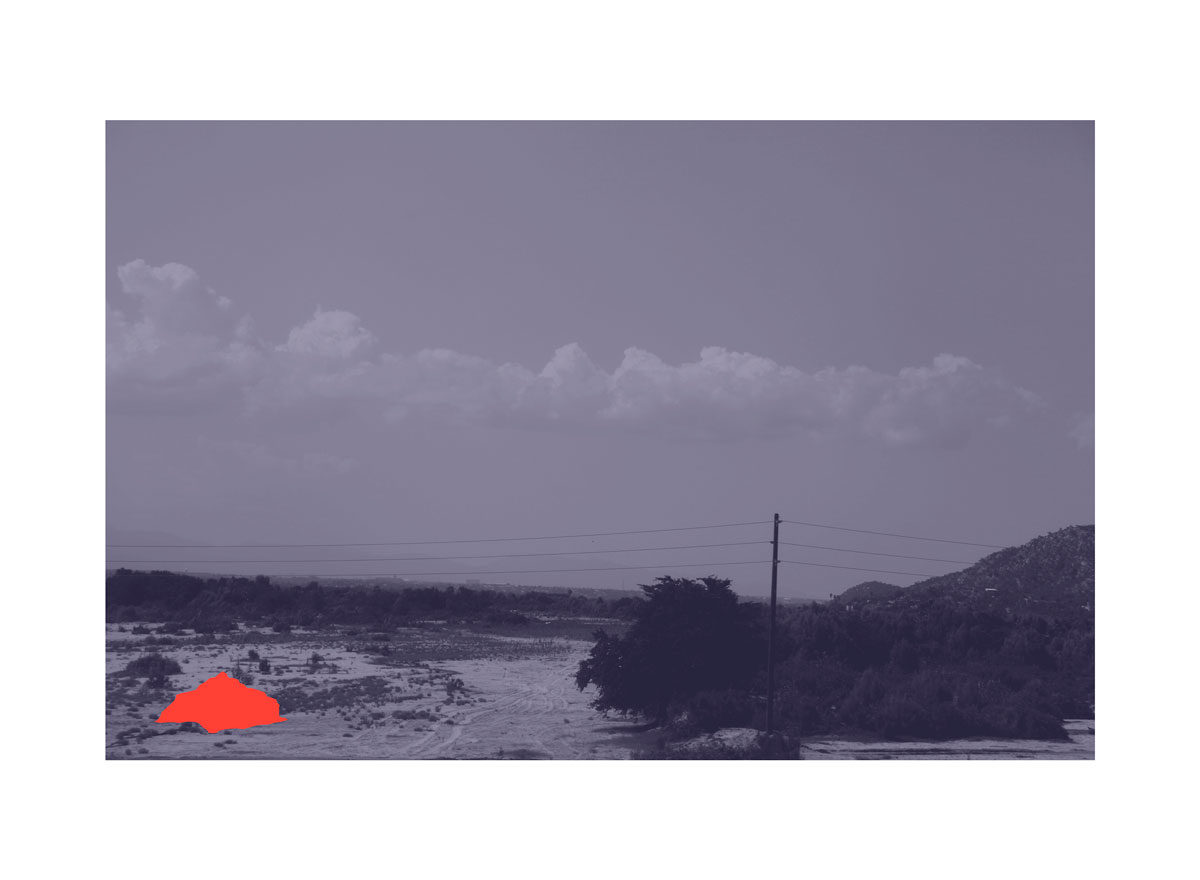
© Chrystal Cherniwchan
